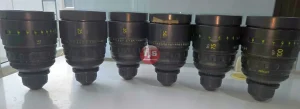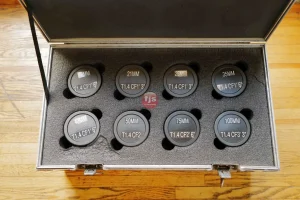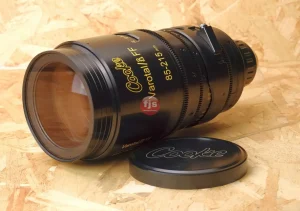Introduction:
Wide-angle lenses are an essential tool for photographers who want to capture expansive scenes with a unique perspective. These lenses have a shorter focal length than standard lenses, allowing them to capture a wider field of view. However, it’s important to understand the implications of using wide-angle lenses, such as lens distortion, in order to achieve the best results. In this post, we will explore the key features and benefits of wide-angle lenses, delve into the concept of focal length, and examine the issue of lens distortion. So, if you’re ready to dive into the world of wide-angle photography, read on!
Key Features and Benefits of Wide-Angle Lenses:
- Enhanced Perspective: Wide-angle lenses excel at capturing expansive landscapes, architecture, and group shots, as they allow you to include more of the scene in your frame.
- Increased Depth of Field: Due to their inherently short focal length, wide-angle lenses have a greater depth of field, allowing you to keep both near and distant subjects in focus.
- Creative Distortion: Wide-angle lenses can introduce intentional distortion, allowing you to experiment with unique and dynamic perspectives in your photographs.
- Versatility: These lenses are not limited to only wide shots. With the right technique, they can also be used for close-up shots, street photography, and even portraits, adding a dramatic touch to your images.
Understanding Focal Length:
- What is focal length? – Focal length refers to the distance from the lens to the camera’s image sensor when the lens is focused at infinity. It determines the field of view and magnification of the lens.
- How does focal length affect the perspective? – A shorter focal length creates a wider field of view, resulting in a broader perspective, while a longer focal length narrows the field of view, bringing distant subjects closer.
- What are the common focal lengths for wide-angle lenses? – Wide-angle lenses typically have a focal length between 14mm and 35mm for full-frame cameras, and between 10mm and 24mm for crop-sensor cameras.
Lens Distortion and How to Handle It:
- What is lens distortion? – Lens distortion occurs when straight lines in a scene appear curved or distorted in the final image, especially towards the edges of the frame.
- How does wide-angle lenses contribute to lens distortion? – Wide-angle lenses tend to exaggerate the perspective, causing objects closer to the camera to appear larger and more distorted.
- How to minimize lens distortion? – Position your subject at the center of the frame, avoid placing important elements near the edges, and use post-processing software to correct lens distortion if necessary.
Conclusion:
Wide-angle lenses are powerful tools that allow photographers to capture breathtaking images with a wide field of view. Understanding focal length and lens distortion can help you make the most of your wide-angle lens and create visually stunning photographs. So, go out there, experiment, and embrace the unique perspectives that wide-angle lenses offer!







